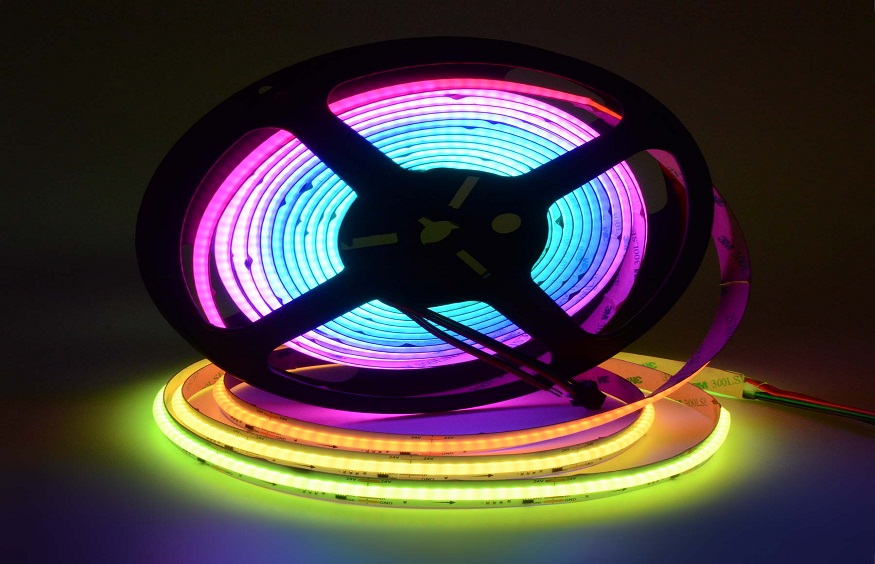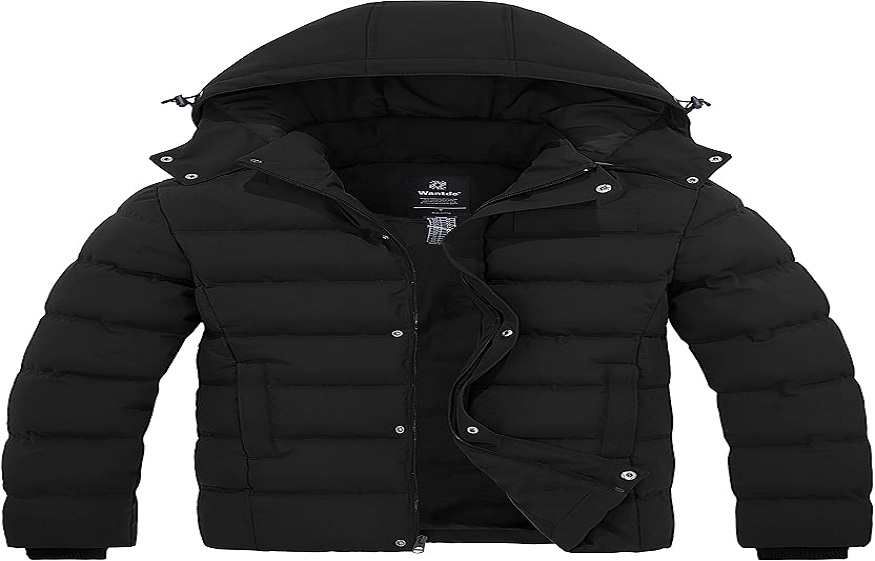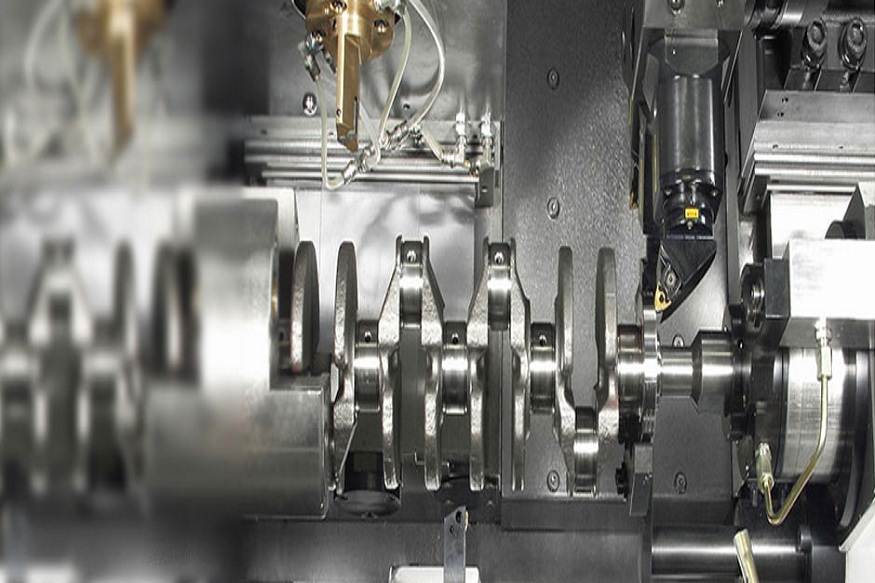How to Care for Your Small Metal Cutting Tool for Long-Term Use
A small metal cutting tool is very important for most types of work. Whether it’s home repair or jobs in the industrial field, this tool helps you cut through most kinds of metal so that it makes precision work possible. But to keep a metal cutting tool in good shape requires regular maintenance. A tool kept in good condition lasts longer and sharper. In this case, the small metal cutting tool can safely work for many years to come. So, follow along with this guide as we provide simple tips on how you can maintain your small metal cutting tool so that you can use it for quite a long time.
Regular maintenance is necessary
You may hardly notice the small metal cutting tool under your hands, but maintaining it involves not only performance but also safety and saving money. Here’s why:
- Increased accuracy: Sharp tools give you much higher accuracy when cutting. You do not have to re-cut areas that have been messed up while cutting.
- Safety First: A sharp, well-maintained tool is safe to use. Dull knives can slip, and accidents can happen.
Cost-effective: you might extend the life span of your tool by providing care. There is decreased repair or replacement. That eventually saves you money.
- Less Wear and Tear on Parts: All parts will work efficiently and thus avoid wear.
Considering all those benefits, here are easy ways to keep your metal-cutting tool at its best.
Tips for Maintaining Your Small Metal Cutting Tool
1. Clean Your Tool After Each Use
Clean your tool a few minutes after every job. Dust, metal shavings, and other debris may settle on the blade or on the joints of the tool, and this may cause dulling or rust.
How to Clean:
- Scrape off the metal shavings and dust with a soft brush or cloth.
- Do not use water, as it might rust. You can only use a very damp cloth when necessary.
- For adhesive residues, you can use a mild solvent such as rubbing alcohol. This removes grime from the metal without damaging it.
- 2. Lubricate moving parts
The operation is smooth with the lubrication of the metal cutting tool. Moving parts create friction, which metal cutting tools often have. Wear can be prevented if lubrication is regularly carried out, and this would make the tool easier to use while its lifespan increases.
How to Lubricate
- A few drops of light machine oil or tool oil can be applied to the joints and moving parts.
- Ensure that the oil gets to all the moving parts; however, don’t over-lubricate since that will attract dust.
- Squeeze off the extra droplets of oil in order not to leave rags on the tool.
- 3. Store in a Dry Safe Location
Place the metal cutting tool in an appropriate place. This keeps damaging the tool due to the environment, such as rusting or corrosion.
Storage Instructions
- Always keep your tool in a dry place. Water allows rust to form on metals.
- If possible, store it in a case so dust does not collect on it and prevent accidental bumps.
- For extended storage, consider applying a light coat of rust-preventive spray on the metal parts and wrapping the tool in a cloth.
- 4. Sharpen Frequently
Only a sharp knife can cut metal efficiently. Inefficiency and danger accompany a dull knife; the use of more force brings inaccuracy.
How to Sharpen
- Use either a sharpening stone or a special sharpening tool designed solely for metal blades.
- Draw the blade at the same angle each time to get the edge even.
- Sharp Test on a small piece of metal. Be certain the blade cuts cleanly. The sharpening process repeats
5. Check the Tool Before You Begin to Work
Checking before beginning to work can prevent accidents and may give information concerning spots that will have to be repaired.
Checking List
- Inspect blade. Be careful to check for nicks, chips, or dull spots.
- Tighten all loose screws or bolts and ensure that the tool is safe to use.
- Any loose or movable parts must have no friction or drag to them.
6.Don’t Overheat
Excessive heat will dull the blade and make the whole tool inefficient. Ensure proper rests on long runs or while running it against tough metals from getting too hot.
Don’t Let It Get Too Hot:
- Let the cutting tool rest and cool itself occasionally when cutting thick metals or when working on challenging materials.
- If cutting fluid is available, the use of a coolant could also cool it down.
- Apply too much pressure, as it heats the blade very quickly.
7. Never Use It on Wrong Substances
These are a kind of specialized metal-cutting tool, therefore not advisable to be used on such other things as wood or plastic, even stones since they could make the knife dull and at times chip the knife.
Use for Metals Alone:
- Your cutting tool must be only to be used in cutting metallic substances.
- For most of the material you will cut, it is worth buying dedicated cutting tools.
- Know when to look for wear signs and service time on your tool.
You will eventually notice some kind of wear on any tool, no matter how good the care has been. Catching these signs early can help avoid serious problems.
Building a Maintenance Routine
Maintenance is one surefire way to maintain working out the best for the tool. Clean the tool completely, eliminating dust or chinking of metal.
Periodic checks: Be on the lookout for rust or part looseness; this makes the visible checkup.
- Monthly Sharpening: For heavy use, sharpen the blade monthly to maintain its edge.
- Seasonal Deep Clean: Every few months, deep clean, lubricate, and check all parts.
Conclusion
A good-quality tool often lasts longer and works better. Quality tools are made to stand up to more wear and tear than their cheaper counterparts. In addition, when parts of these tools do break, it is often easier to find good replacement parts, which makes repairs much easier.
You can really find reliable metal cutting tool suppliers in saudi arabia if you are looking for quality tools. Good suppliers should normally give you several choices that cater to your requirements and inform you how best to maintain them.











